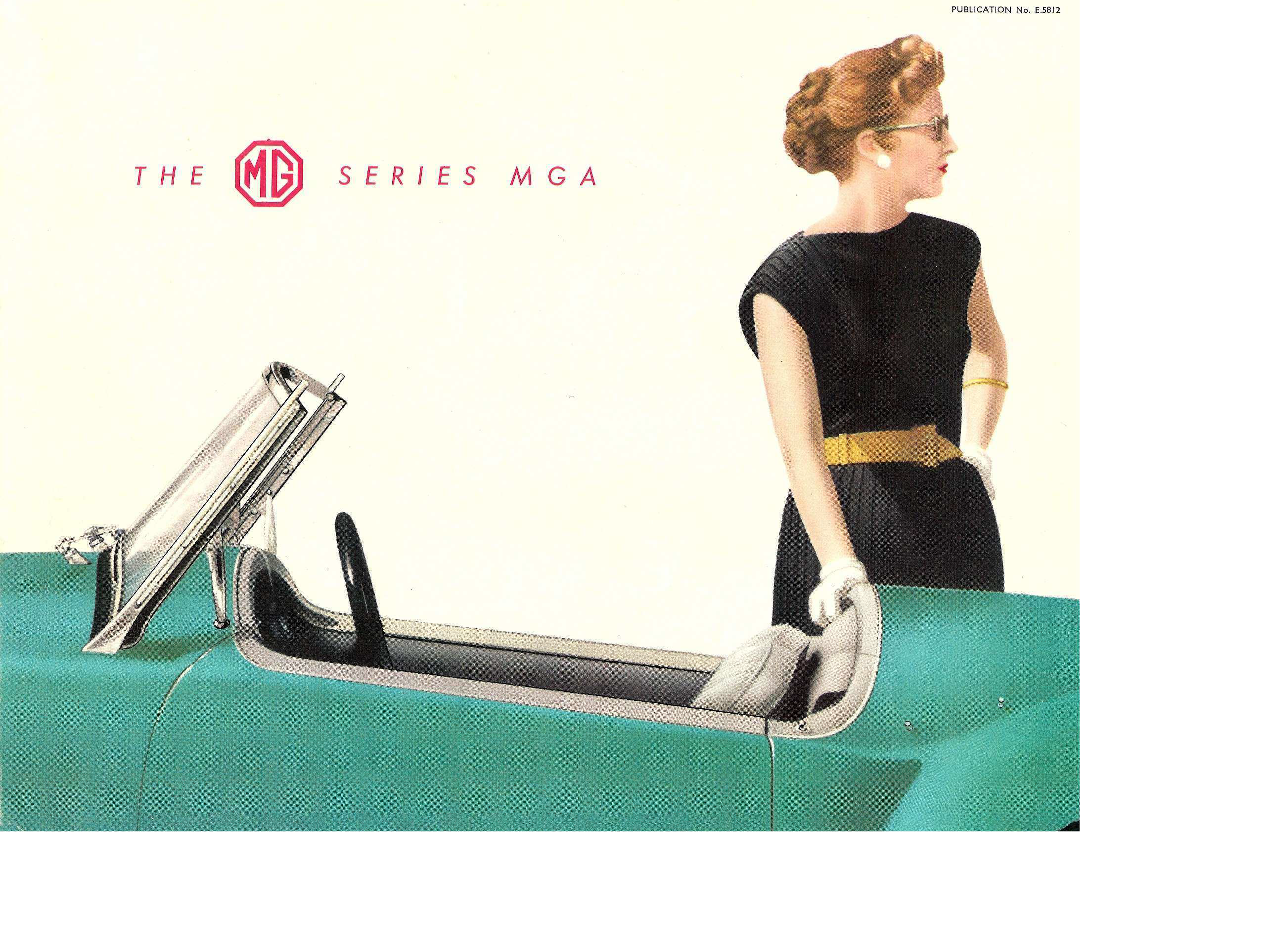THE MGA – ONE OF THE MOST IMPORTANT CARS IN MG’S HISTORY
15 June 2023
On 27 May the British Motor Museum paid host to the Centenary of MG. Such a magnificent event prompted a question that is impossible to answer – what is the most historically significant car to bear the octagon badge? Obviously, there is ‘Old Number One’ but you could also cite the TC, the first MG officially marked in the USA, or the MGB, once the world’s best-selling sports car. And one cannot overlook the marque’s saloons - the Magnette ZA, their first product with monocoque bodywork or the Metro 1300 we discussed previously.
In other words, it is impossible to select the most historically significant MG as each played a vital role in the marque’s development. So, instead, here is a tribute to one of the most important octagon-badged machines – the MGA. This is not only because it was the world’s first sports car to sell more than 100,000 units, but it is also the Abingdon product that marked a turning point in their open two-seaters.

Two years before the MGA debuted in 1955, MG launched the TF. Road & Track may have stated: “To drive an MG is sheer pleasure,” but there was a sense among many enthusiasts that it appeared dated compared with its British rivals. The Austin-Healey 100, Sunbeam Alpine and Triumph TR2 may not have been overly sophisticated in terms of engineering but their appearances were definitely contemporary. Meanwhile, the TF lines’s harked back to 1936.
From a 2023 perspective the TF is one of the most charming-looking British sports cars of its era but the reaction in the early 1950s sometimes differed. Tom McCahill of Mechanix Illustrated even stated: “Only out of supreme arrogance would the manufacturers attempt to keep ramming this old teapot down the throats of American buyers”. It was a typically exaggerated view but the article did highlight MG’s challenges. What worked in 1947 when Kjell Qvale obtained distribution rights for the West Coast. now looked dated while Chevrolet had recently introduced the Corvette.
What Abingdon needed was a two-seater that denoted a bright future rather than being trapped in the past. However, corporate politics had resulted in the delay of the launch of ‘Project EX 182’ by two years. The recent Austin/Nuffield Group merger meant Abingdon was now part of the vast British Motor Corporation, and their MD Leonard Lord thought the future MGA would clash with the new Austin-Healey.
Finally, the new MG two-seater became a star of the 1955 London Motor Show. That year, Earls Court paid host to the Jaguar 2.4 saloon, the Sunbeam Rapier, the Rolls-Royce Silver Cloud, the Fiat 600 and the Citroën DS, but countless visitors made their way to Stand No. 153. There, they could marvel at bodywork that is best described as “exquisite”. Whether you ordered your new MGA in black, Glacier Blue, Old English White, Orient Red or Tyrolite Green, it would stun all other road users. At £844 10d, it was also considerably cheaper than the Austin-Healey 100’s £1,063 12 6d price tag.
When Road & Track in November 1955 evaluated the MGA, they thought “Its birth, in a sense, closes the door in the traditional past and ushers in a modern era at the MG factory”. That is why the A is one of the most important cars to depart the Abingdon works, as it defined the marque’s future. Or as The Motor put it: “The famous slogan of the factory has indeed never been better applied”.
